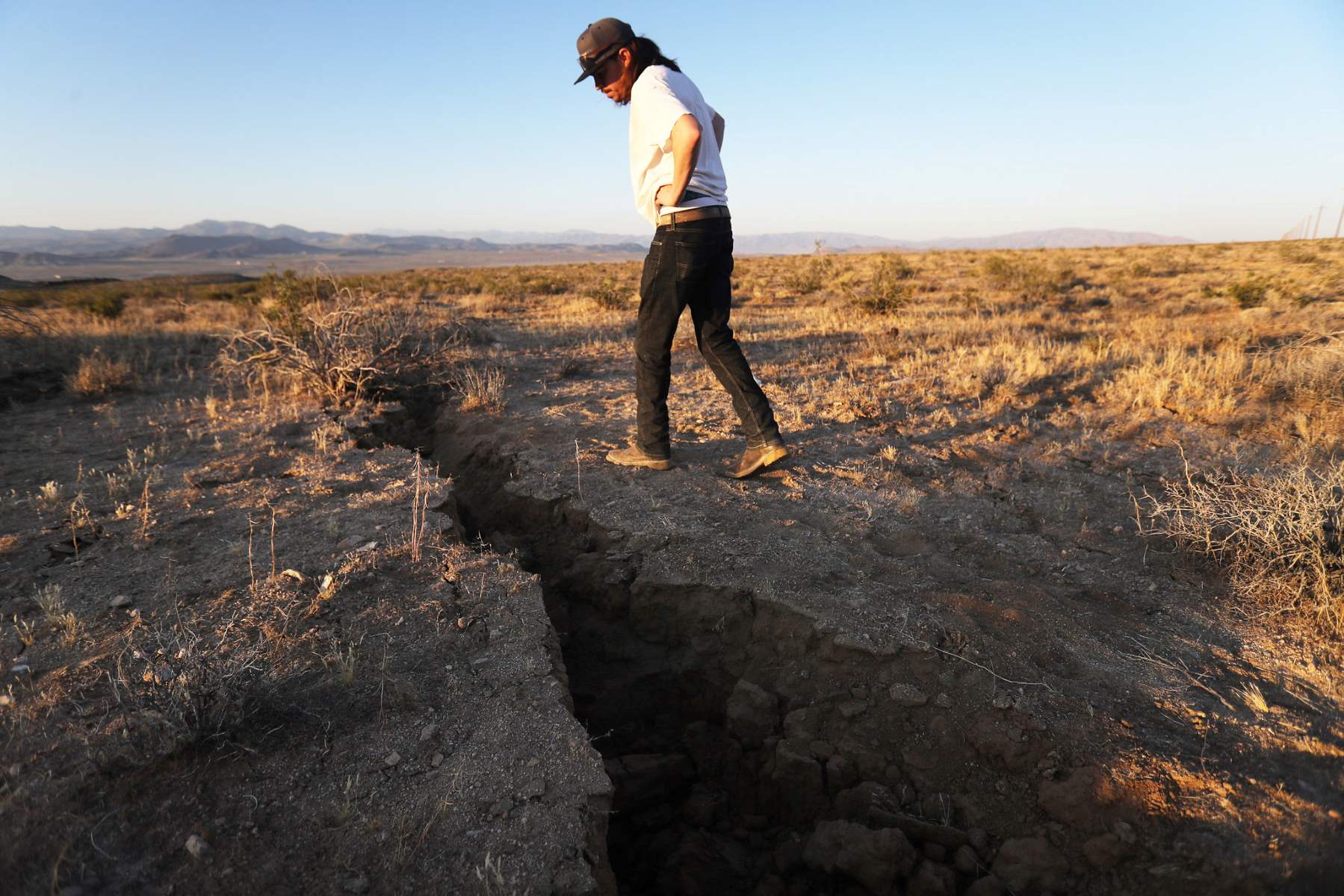Hidden Ruptures Of The San Andreas Fault

Have you ever wondered what lies beneath the surface of California? The San Andreas Fault is one of the most famous geological features in the world. Stretching over 800 miles, this fault line marks the boundary between the Pacific and North American tectonic plates. It's responsible for some of the most significant earthquakes in history. But what makes the San Andreas Fault so intriguing? From the bustling city of San Francisco to the quiet deserts of Southern California, this fault line has shaped the landscape and lives of millions. Let's dive into the hidden ruptures and understand why this fault is more than just a crack in the ground.
Hidden Ruptures of the San Andreas Fault
The San Andreas Fault is one of the most famous fault lines in the world. Stretching over 800 miles through California, it has been the site of numerous earthquakes. But beyond the well-known tremors, there are hidden ruptures that tell a fascinating story of the Earth's movements. Let's uncover some of these lesser-known spots.
Mysterious Movements in the Desert
The desert regions of California hide some of the most intriguing ruptures of the San Andreas Fault. These places might not be on every tourist's radar, but they offer a unique glimpse into the power of tectonic forces.
Carrizo Plain: This remote area showcases some of the most visible surface ruptures. The stark landscape makes it easy to see the fault lines, and the Soda Lake adds a surreal touch to the scenery.
Coachella Valley: Known for its music festival, this valley also has hidden fault lines. The Indio Hills are a great spot to see the effects of the fault on the landscape.
Coastal Clues
The San Andreas Fault doesn't just run through deserts; it also affects the coastline. These coastal areas offer a mix of natural beauty and geological intrigue.
Point Reyes National Seashore: Here, the fault line has created dramatic cliffs and unique rock formations. The Earthquake Trail is a must-visit for anyone interested in geology.
Tomales Bay: This narrow inlet is actually a flooded section of the fault. Kayaking here offers a unique perspective on the fault's impact on the landscape.
Urban Earthquakes
Even bustling cities are not immune to the hidden ruptures of the San Andreas Fault. These urban areas have been shaped by the fault in ways that are often overlooked.
San Francisco: The 1906 earthquake left a lasting mark on the city. Visit the Golden Gate Park to see the fault's impact on the landscape and learn more at the California Academy of Sciences.
Los Angeles: The fault runs close to this sprawling city. Griffith Park offers a great view of the fault line, and the nearby museums provide educational exhibits on earthquakes.
Mountain Mysteries
The mountains of California also bear the scars of the San Andreas Fault. These high-altitude areas offer stunning views and hidden geological wonders.
San Bernardino Mountains: The fault line runs through these mountains, creating dramatic landscapes. Hiking trails like the Pacific Crest Trail offer glimpses of the fault's impact.
Tejon Pass: This mountain pass is a crucial link between Northern and Southern California. The fault line here has created unique geological formations that are worth exploring.
Hidden Gems in the Valleys
The valleys of California are often overlooked when it comes to the San Andreas Fault. However, these areas have their own hidden ruptures that are fascinating to explore.
Antelope Valley: This high desert valley has visible fault lines that can be seen from the Antelope Valley California Poppy Reserve. The vibrant flowers contrast with the stark fault lines.
Imperial Valley: Close to the Mexican border, this valley has been shaped by the fault. The Salton Sea, a large inland lake, is a direct result of tectonic activity in the area.
Understanding the San Andreas Fault's Impact
The San Andreas Fault is a major geological feature that shapes California's landscape and poses significant risks. Its hidden ruptures can cause devastating earthquakes, affecting millions of people. Knowing the fault's behavior helps scientists predict future seismic activity, which is crucial for public safety.
Communities near the fault must stay informed and prepared for potential disasters. Building structures that can withstand earthquakes and having emergency plans in place are essential steps. The fault's history reminds us of nature's power and the importance of preparedness.
By understanding the San Andreas Fault, we can better protect ourselves and our communities. Stay aware, stay prepared, and respect the forces that shape our world.

